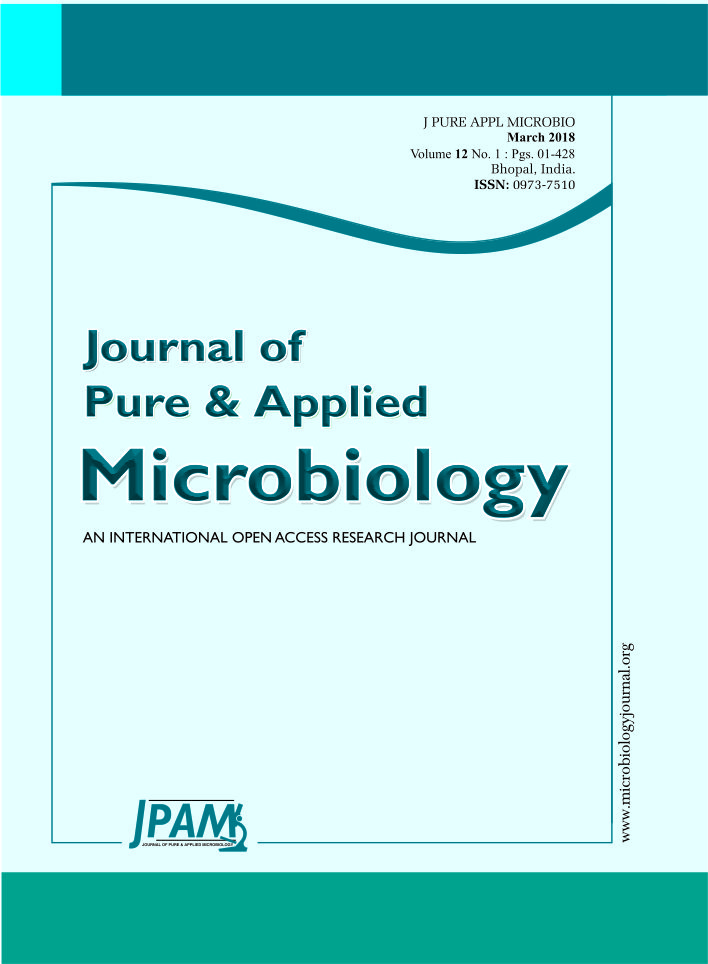Rutin is one of important bioflavonoids and biomarker that helps to increase the quality of the herbal product. It has a wide variety of pharmacological applications such as neuroinflammation, anti-hypercholesterolemic, neuroprotective, cardioprotective, wound healing, radioprotective, nephroprotective, hepatoprotective, antiplasmodial, antiarthritic, antiviral, antihypertensive, Antinociceptive, antimicrobial, gastroprotective, antiosteoporotic, anticancer, diuretic and anticonvulsant effect. The current review article helps to identify the current and future prospects of rutin. Most of the previous studies were more focus on their pharmacological activities and to understand their mechanism of action but less focus on its clinical trial, commercial potential and formulation development. This review article documents the pharmacological activities, standardization methods and formulation development over the last six years.
Rutin, Standardization, Pharmacology, Formulation development.
© The Author(s) 2018. Open Access. This article is distributed under the terms of the Creative Commons Attribution 4.0 International License which permits unrestricted use, sharing, distribution, and reproduction in any medium, provided you give appropriate credit to the original author(s) and the source, provide a link to the Creative Commons license, and indicate if changes were made.


